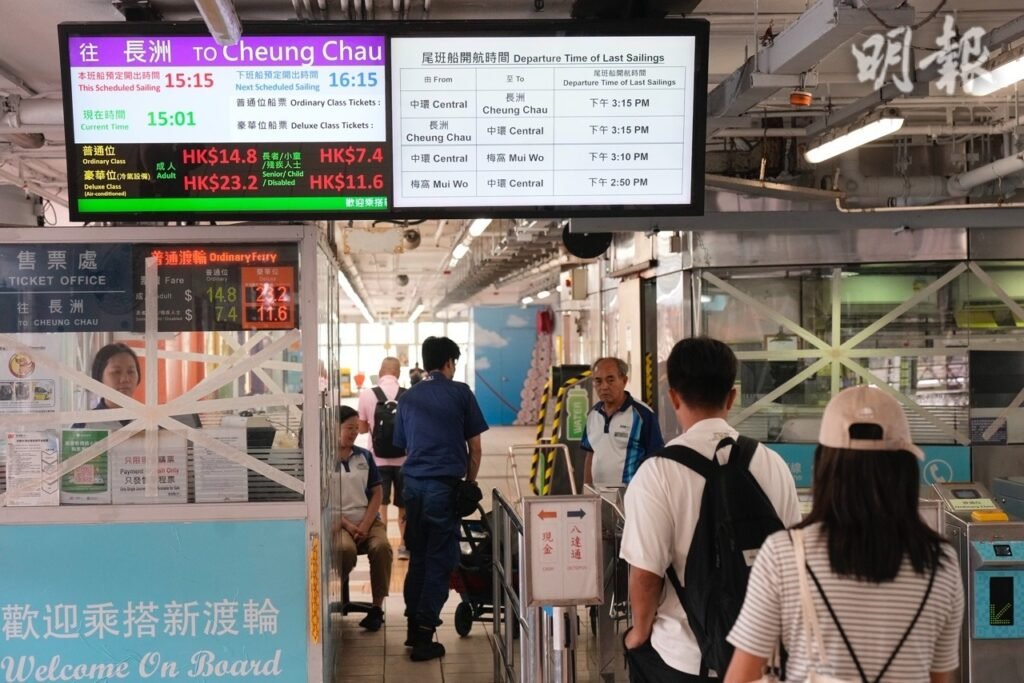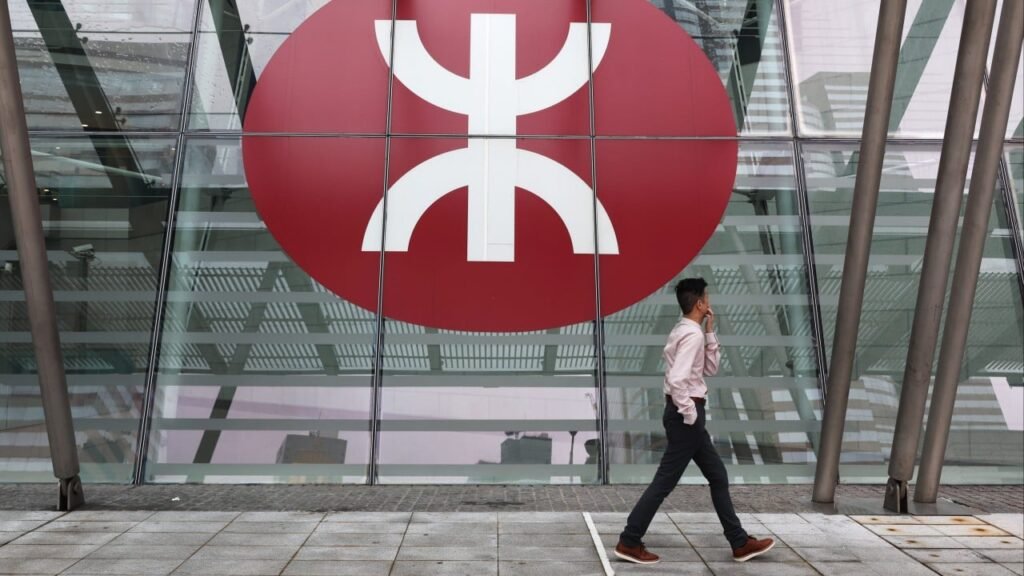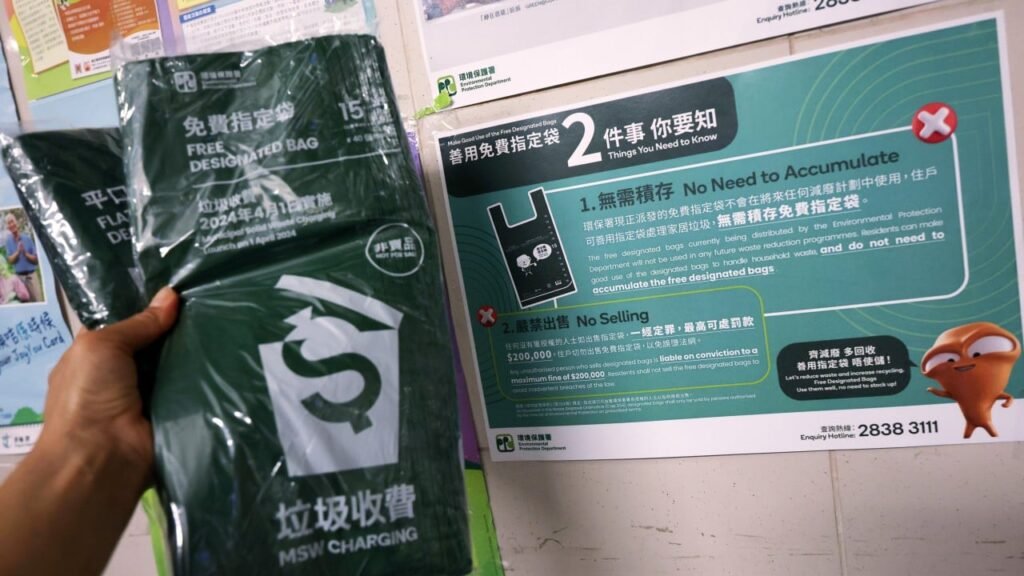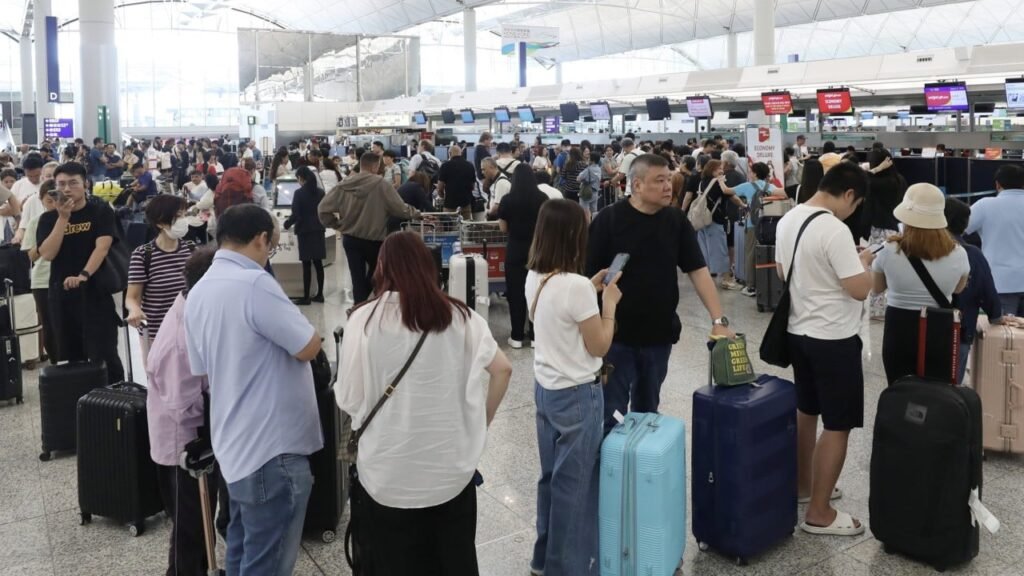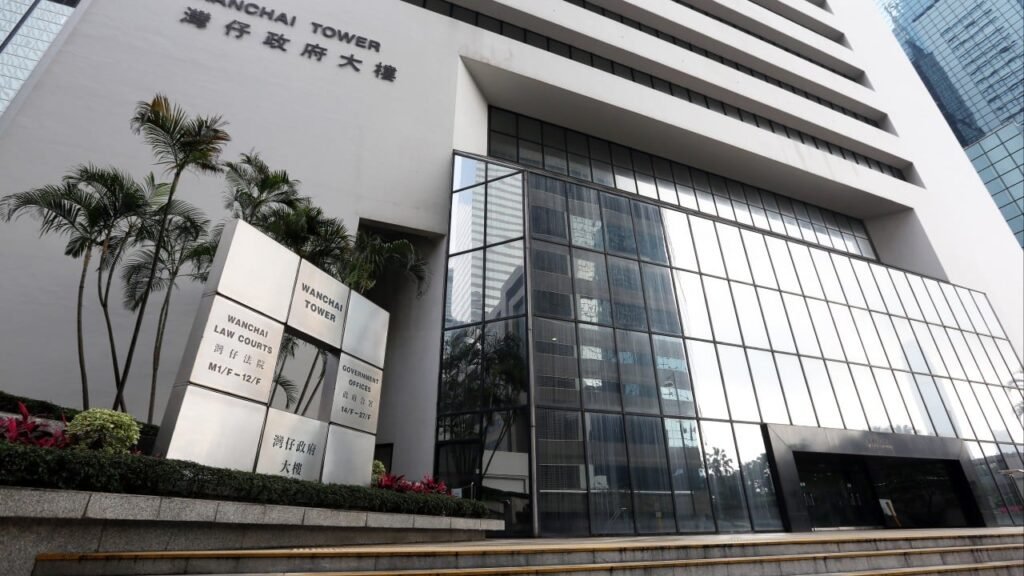
Years of wage growth coupled with substantial monetary expansion have embedded inflation within the US economy, thereby constraining the Fed’s scope for further rate reductions, according to Dr Jim Walker, an economist at independent analysis platform Aletheia Capital.
His comment came after a quarter point interest rate this week as euphoria emerged in global equity markets, although it is easy to forget persistent inflation remains America’s foremost challenge.
“Inflation is becoming embedded in the system and the pressure cooker is bubbling away.” Dr Jim said. “Whether that cut will be well received by the bond market, where the fear of inflation is greatest, is an entirely different question.
He noted that since late 2020, the US Producer Price Index (PPI) has risen steadily over the past five years, contrasting sharply with Asia’s performance. Two factors explain this: labour costs exerting increasing influence on the index, and years of US money printing fuelling excessive monetary growth.
He elaborated that in 2024, the average annual salary for US production line and non-managerial roles reached US$55,000 – more than four times China’s manufacturing average of just over US$10,000.
Although US wage growth is slower, less than half China’s rate, its base remains substantially higher. In absolute terms, annual cost increases exceed China’s, and this higher base. This is why the trajectory of US PPI diverges from that of other nations, particularly Asian economies.
Another significant driver of rising PPI is monetary expansion. Since the 2008 financial crisis, the US has embraced quantitative easing.
Years of money printing sowed the seeds of inflation. Between 2010 and 2025, the correlation coefficient between PPI and M2 money supply reached 0.94. Inflationary pressures ultimately compel employees to demand higher wage increases.
Producer prices will eventually feed into the Personal Consumption Expenditure (PCE) index, which the Federal Reserve prioritises. With inflation proving persistent and bond yields offering little comfort, even if the Fed continues cutting rates, long-term bond yields may well reverse course. The Bank of England cut rates five times last year, yet UK government bond yields remain elevated.
He contended that beyond these two major factors, the impact of Trump’s tariff policies on prices must not be overlooked. Stephen Miran, the White House adviser temporarily assigned to the Federal Reserve, previously published research suggesting Trump’s tariff policies during his first term did not affect inflation.
impact inflation, one must not forget the substantial dollar appreciation that year, where exchange rates enabled exporters to absorb part of the tariff costs. However, with the dollar index falling over 10% this year, it is believed that the bulk of tariffs will be borne by Americans, thereby amplifying future upward inflationary pressures, he said.
Another ticking time bomb within the US economy is the private equity market. This market is enormous. Dr Jim pointed out that in the past, numerous highly leveraged acquisitions and mergers were conducted in an environment approaching retail conditions. As interest rates rise alongside inflation, private equity funds could pose systemic financial risks.
In an interview published in this newspaper last October, Dr Jim had predicted that mainland property market adjustments were nearing completion just over a month after the central government’s policy package was introduced. He anticipated 2025 as a year of economic stabilisation, followed by a marked acceleration in 2026 as a new cycle of investment and corporate profits commenced.
In this latest interview, his outlook on China’s economy is even more optimistic.
He stated: ‘I believe China’s prospects are quite favourable. This year’s stock market trajectory is reflecting the economic landscape over the next six months, rather than current realities. Hong Kong’s economy also feels markedly improved. Therefore, I believe the prospects for mainland and Hong Kong stock markets in mid-2026 will be exceptionally strong – a 50-60% rise would not be surprising.’
He noted that US investment in Chinese equities remains notably underweight. During Aletheia Capital’s three-week roadshow in the US, he observed that local clients still harbour relatively subdued views on China’s investment prospects. Consequently, provided sentiment continues to improve, significant gains in mainland and Hong Kong equities should follow, as investors will need to catch up. Moreover, valuations in these markets remain considerably cheaper than elsewhere in Asia.
Dr Jim said, “Last year when I came, people were pessimistic. Bars were closing. Retail felt soft. This year is very different. I think maybe partly the stock market picking up and it has helped everybody.”
Dr Jim believed the main reason is that Hong Kong is teeming with people. In his client reports, he noted the reappearance of Mandarin-speaking tour groups on the steps near Hollywood Road, which convinced him to make a u-turn on Hong Kong property.
He wrote, “Fingers crossed. Hong Kong is always more delightful when bustling with joyful activity. The atmosphere on this trip was rather splendid (though we wouldn’t advise visitors to rent flats on Hollywood Road, as tourists would swiftly clog the streets!).
“We would have liked to have seen a faster and more aggressive reset in Hong Kong rentals, if only to give hard pressed retail and hospitality outlets some respite from years of high cost and faltering business revenues.
“However, if tourist arrivals continue to grow, the Chinese economy recovers as we expect and asset prices signal revival, the worst may well be over earlier than we thought likely. “
A frequently traveller across Asia for on-the-ground assessments and engages with political and business circles, Dr Jim also holds a positive outlook on India among Asian markets.
Although Prime Minister Modi faces high tariff measures, he sees both risks and opportunities. This challenge could compel him to drive internal reforms, particularly in relaxing regulatory frameworks and reducing business costs. For instance, the previous requirement for enterprises to hire more than 20 employees was subject to stricter labour regulations, leading many firms to opt for staffing under 20 to avoid such constraints.
For instance, enterprises employing over 20 staff previously faced stricter labour regulations, prompting many to hire fewer than 20 to avoid frequent inspections. Reforming such peculiar regulations could invigorate the economy.
However, he remains sceptical about the recent influx of foreign capital into Japan’s stock market. He contends that both monetary and fiscal policies are misguided: with inflation running high, the central bank’s monetary stance is excessively accommodative.
Moreover, leading Liberal Democratic Party leadership contender Sanae Takaichi’s proposal to boost investment and fiscal spending to stimulate the economy would undoubtedly fan the flames of inflation.
He relayed that Japanese acquaintances had remarked how today’s twenty-somethings in Japan have never been happier.
This stems from labour shortages in the Japanese job market, where average wages have risen by 3%. Moreover, young people change jobs every three to six months, each time securing double-digit pay increases.
Wage-driven inflation, coupled with expansionary fiscal policies, could precipitate a crisis. He concluded: ‘Inflation is a disaster for politicians until it’s too late.’


